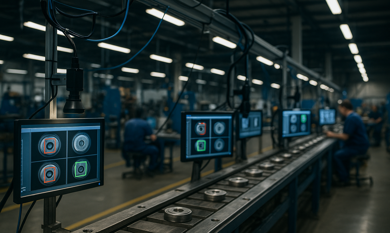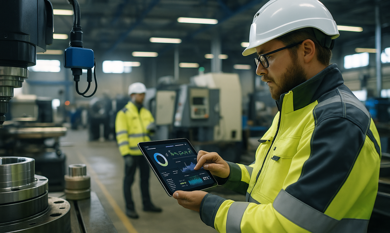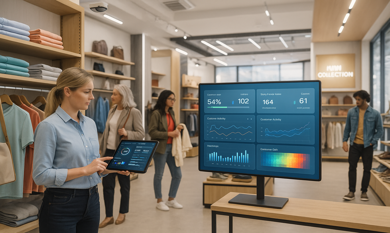Modern healthcare is moving away from hospital-based models toward continuous, patient-focused care. With the rise of chronic diseases, aging populations, and growing demand for telehealth, hospitals and clinics face mounting pressure to provide real-time patient insights beyond their physical walls. Traditional monitoring methods—periodic checkups, hospital admissions, and fragmented health records—are no longer sufficient to manage today’s dynamic healthcare needs.
This is where IoT wearables are proving to be a game-changer. From smartwatches that track heart rhythms to glucose monitors that provide real-time readings, wearable devices in healthcare are enabling doctors and caregivers to monitor patients remotely and intervene before emergencies occur. By combining IoT, AI, and cloud computing, these devices are building the foundation for smart healthcare systems that improve patient outcomes while reducing costs.
Pain Points in Remote Health Monitoring
Despite advancements in healthcare IT, several pain points persist:
- Data gaps & delayed intervention – Traditional monitoring captures data only during hospital visits, leaving critical health events undetected.
- Chronic diseases & aging population – Rising cases of diabetes, hypertension, and cardiac conditions require continuous supervision.
- Hospital readmissions & operational strain – Lack of ongoing monitoring leads to higher readmission rates, driving up costs.
- Limited doctor-patient communication – Patients often struggle to stay connected with doctors between visits.
- Compliance & privacy concerns – Sharing sensitive health data across fragmented systems raises regulatory challenges.
These gaps demand a solution that is continuous, secure, and scalable—qualities that IoT-enabled wearables bring to the table.
How IoT Wearables Solve These Challenges
IoT-powered wearables are bridging the gap between patients and providers by delivering real-time, continuous health monitoring. Here’s how they address key challenges:
- Continuous tracking of vital signs – Devices measure heart rate, oxygen saturation, glucose levels, and ECG data around the clock.
- Automated emergency alerts – Wearables send instant alerts to caregivers and doctors in case of abnormal readings, ensuring rapid response.
- Telehealth integration – Data from wearables syncs seamlessly with telemedicine platforms, enabling doctors to consult patients remotely.
- AI/ML-driven predictive insights – Predictive algorithms identify early warning signs of conditions such as arrhythmia or hypoglycemia.
- Patient engagement – Gamified apps encourage patients to adhere to treatments, exercise more, and take medications on time.
In essence, remote patient monitoring solutions powered by IoT wearables are helping healthcare providers move from reactive to proactive care.
Tech Stack for IoT Healthcare Solutions
Building an enterprise-grade IoT healthcare ecosystem requires a robust technological foundation:
- Wearable devices & biosensors – Smartwatches, glucose monitors, fitness trackers, and smart patches.
- Cloud platforms – Provides reliable storage, rapid data handling, and advanced analysis.
- Mobile & web applications – Dashboards for patients and doctors to visualize health metrics.
- AI/ML models – To detect anomalies, predict risks, and personalize care.
- APIs for EHR/EMR integration – Ensures interoperability with hospital systems.
- Security layers – Ensures HIPAA and GDPR standards through encryption, tokenization, and strict access control.
Partnering with an AI development company Ahmedabad or a custom software development company in Ahmedabad allows hospitals to deploy tailored IoT solutions that integrate seamlessly with existing healthcare workflows.
Compliance & Security Considerations
In healthcare, security is non-negotiable. Remote health monitoring must meet the highest standards of compliance and patient data protection:
- HIPAA & GDPR compliance – Adherence to international regulations for data privacy.
- Role-based access control – Only authorized personnel can access patient data.
- End-to-end encryption – Ensures confidential health information remains secure while being shared and stored.
- Patient data ownership – Empowering patients to control how and with whom their data is shared.
With these measures, IoT wearables can deliver trust and security while enabling healthcare innovation.
Case Study: Preventice BodyGuardian Remote Monitoring
Preventice, in collaboration with Mayo Clinic, developed the BodyGuardian Remote Monitoring System—an FDA-approved wearable that continuously tracks heart rhythms. The device securely transmits data to physicians via a paired smartphone, enabling early detection of arrhythmias and reducing hospital visits. This real-world telehealth IoT solution demonstrates how wearable devices in healthcare are shifting from fitness tracking to lifesaving medical tools.
Beyond cardiac care, the system highlights the scalability of IoT in healthcare. By integrating with cloud platforms and mobile apps, such solutions empower doctors to monitor thousands of patients remotely, while ensuring HIPAA-compliant data security. This reduces operational strain on hospitals and improves patient outcomes through proactive intervention.
Development ROI
Healthcare providers adopting IoT wearables report strong returns on investment:
- Reduced hospital readmissions – Continuous monitoring lowers re-admission rates by up to 30–40%.
- Faster emergency response – Real-time alerts help doctors intervene before conditions worsen.
- Lower operational & compliance costs – Smart workflows handle data efficiently, minimizing human effort in audits.
- Improved patient satisfaction – Patients feel empowered, leading to better adherence and loyalty.
Most healthcare organizations start realizing ROI within 12–18 months of deployment.
From Monitoring to Business Impact
Beyond ROI, IoT-enabled healthcare solutions unlock long-term strategic benefits:
- Scalability – Ability to monitor millions of patients across networks.
- Interoperability – Cross-platform compatibility reduces integration time by 40%.
- Innovation – Faster rollout of new healthcare services powered by wearables and AI.
- Cost efficiency – Automation and predictive care save 20–30% in annual operational costs.
By working with a custom software development company in Ahmedabad, providers can ensure that IoT healthcare systems are designed to meet both current needs and future scalability.
Why Choose Us
At Theta Technolabs, we specialize in designing and deploying IoT healthcare solutions that empower hospitals, insurers, and healthcare providers to deliver smarter, patient-centric care.
As a custom software development company in Ahmedabad and a trusted AI development company Ahmedabad, we help enterprises build smart healthcare systems powered by IoT, AI, and cloud.
Our expertise in Web, Mobile, and Cloud ensures seamless integration of IoT solutions into your existing workflows—whether you’re launching a telehealth platform, enabling remote patient monitoring, or scaling wearable-driven healthcare services.
Conclusion
The future of healthcare lies in proactive, connected care—and IoT wearables are at the center of this transformation. By offering real-time monitoring, predictive analytics, and secure data sharing, wearables reduce risks, cut costs, and improve patient outcomes.
Working with Theta Technolabs, an experienced IoT development company in Ahmedabad, ensures that your healthcare organization can harness the full potential of IoT wearables. From compliance-ready infrastructure to AI-powered insights, we deliver solutions that redefine patient care.
Bring Smarter Care to Your Healthcare Systems
🔹 Web Application Development – Build scalable platforms for wearable integration
🔹 Mobile Application Development – Enable monitoring anytime, anywhere
🔹 Cloud Consulting Services – Secure, compliant, and future-ready digital healthcare
















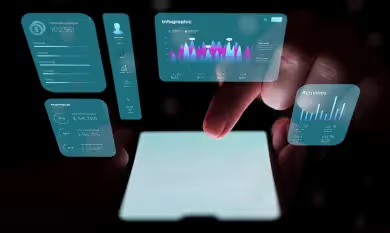
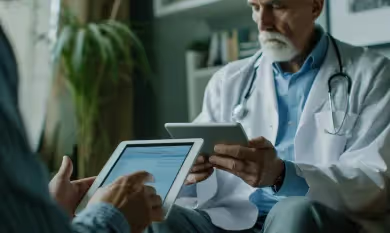
_Computer%20Vision-enabled%20Web%20and%20Mobile%20Interfaces%20for%20Mall%20Management%20in%20Dubai_Q1_In_24.avif)
_Smart%20Solutions%20for%20Healthcare_%20How%20IoT%20Development%20is%20Reshaping%20Dubai%20Hospitals_Q1_In_24.avif)
_Automated%20Checkout%20Systems.avif)
_Smart%20Manufacturing%20in%20Dubai_%20How%20AI%20is%20Driving%20Efficiency%20and%20Innovation_Q1_In_24.avif)

_Understanding%20the%20Impact%20of%20AI%20and%20Machine%20Learning%20on%20Fintech%20Web%20Apps%20in%20Dubai_Q2_24.avif)
_Explore%20the%20Best%20Cross-Platform%20App%20Development%20Frameworks%20of%202024_Q3_24.avif)
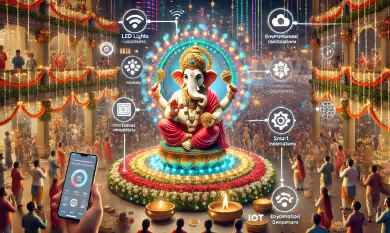

_Top%20Benefits%20of%20Cloud%20Computing%20for%20All%20Business%20Sectors_Q2_24.avif)
_Integrating%20IoT%20with%20Mobile%20Apps%20for%20Advanced%20Renewable%20Energy%20Solutions_Q2_24.avif)

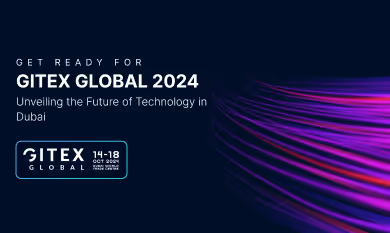
_The%20Transformative%20Role%20of%20Open%20Banking%20APIs%20in%20Fintech%20for%202024_Q3_24.avif)
_Choosing%20the%20Right%20Computer%20Vision%20Development%20Partner%20in%20Ahmedabad%20for%20Construction_Q3_24.avif)
_Node.js%20and%20Blockchain_%20A%20Perfect%20Pair%20for%20Fintech%20Innovation%20in%20Dubai_Q3_24.avif)
_How%20AI%20Development%20Companies%20in%20Ahmedabad%20are%20Transforming%20the%20Shopping%20Experience_Q4_25.avif)
_How%20IoT%20Can%20Reduce%20Energy%20Costs%20in%20Smart%20Factories_Q4_25.avif)

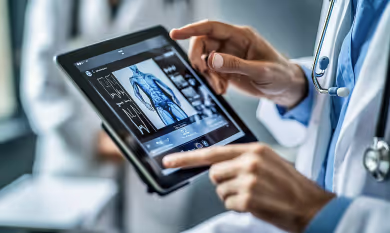

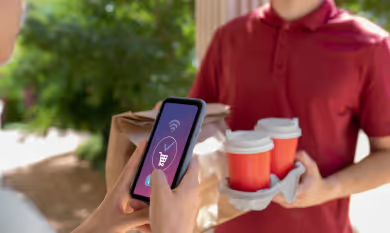








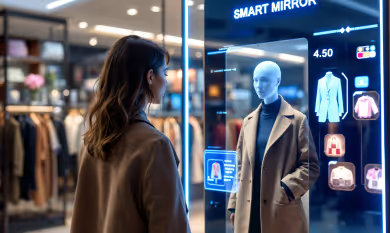
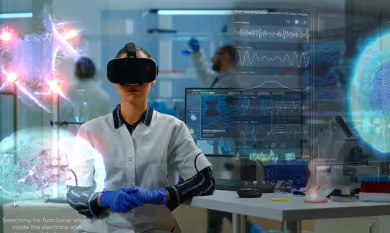




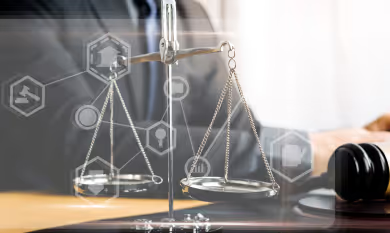




.avif)
.avif)
.avif)

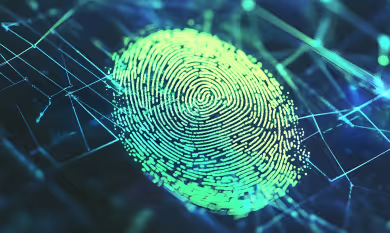



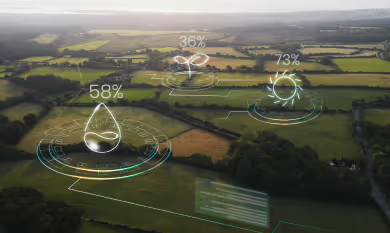


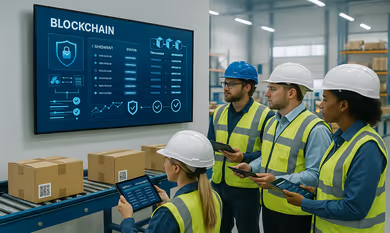





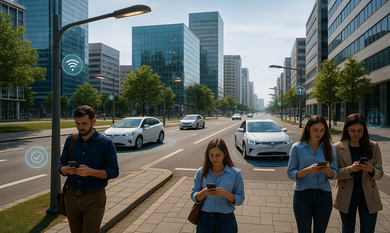


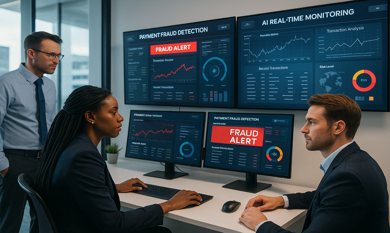

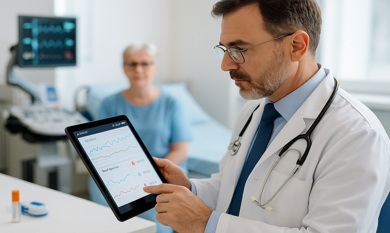
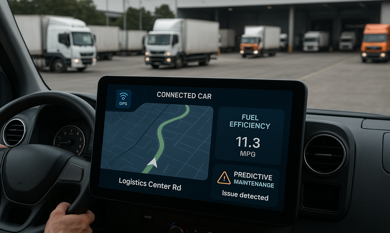
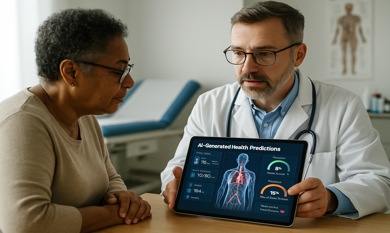
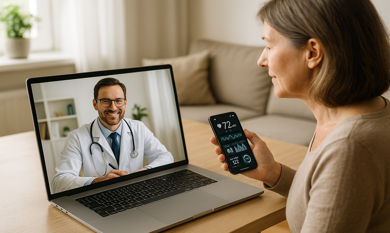
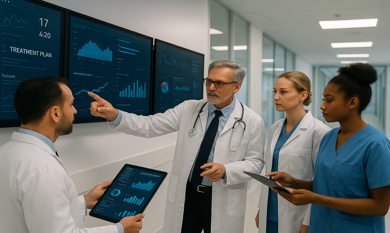

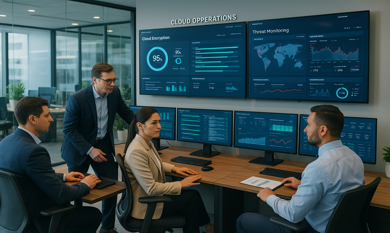

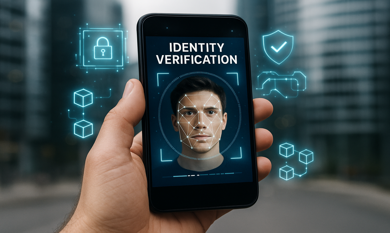



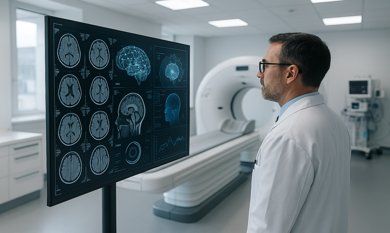
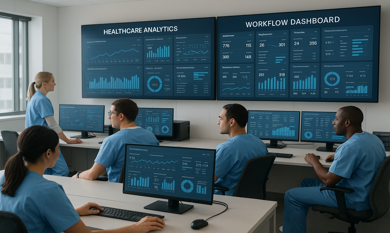

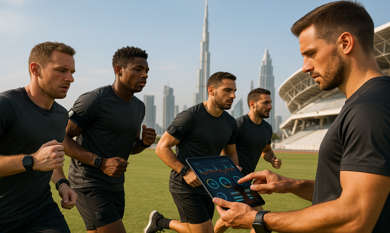


.png)


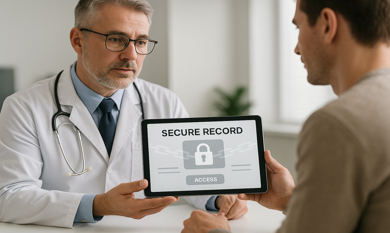


.png)
